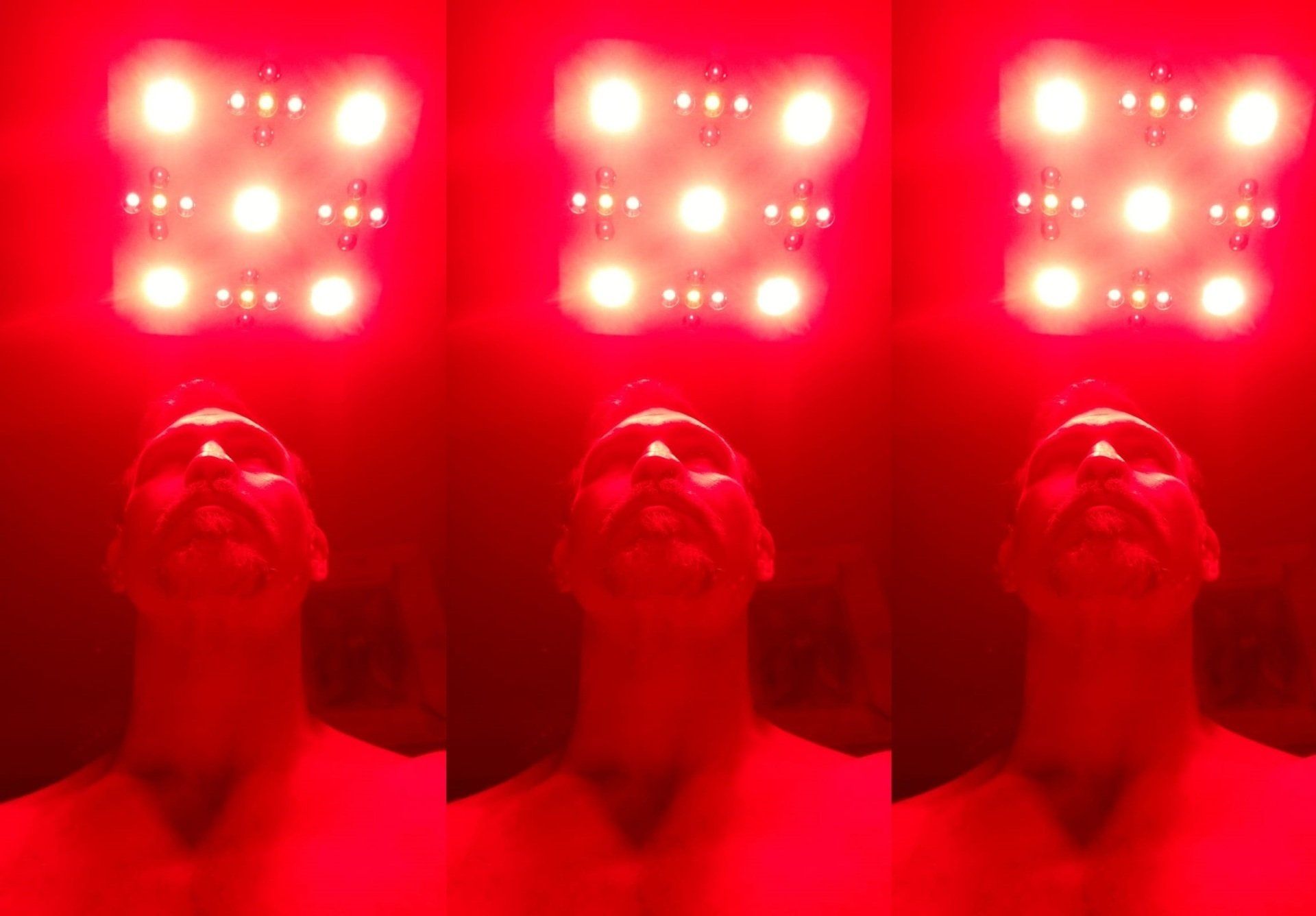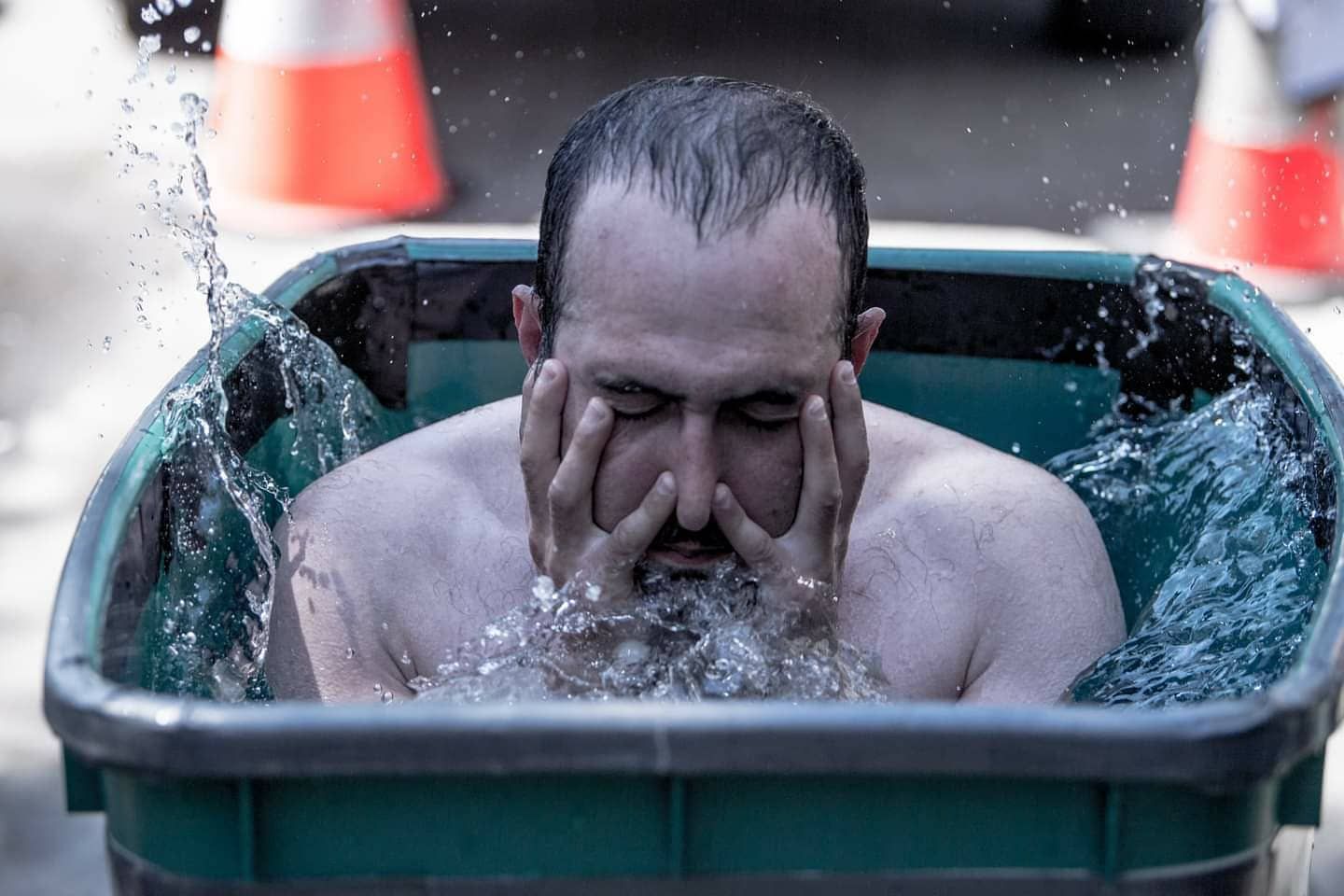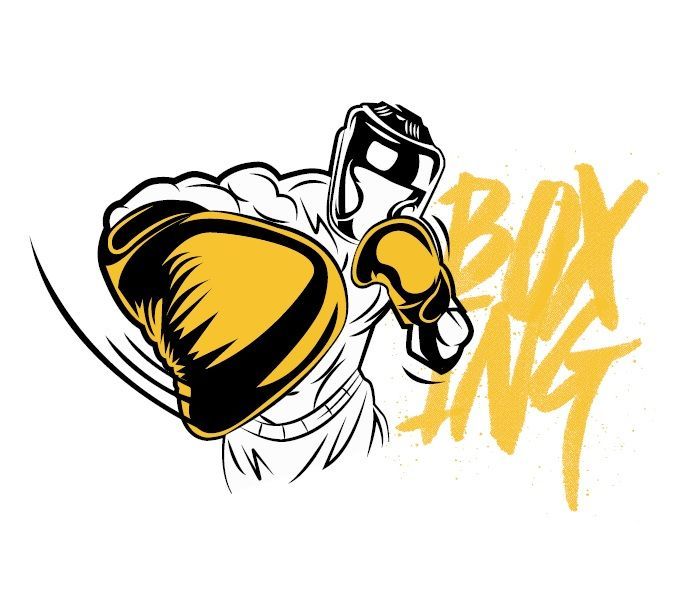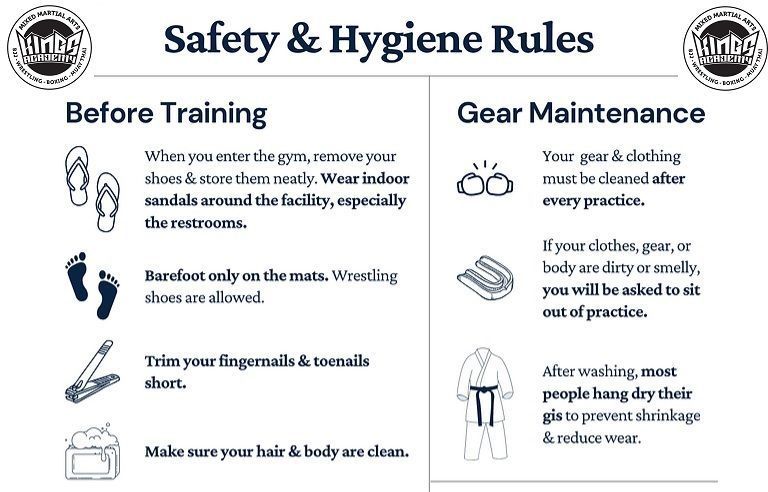Learn about Red Light Therapy
Wavelength, flicker, Red and Infrared, everything you wanted to know

Learn about Red Light Therapy
Wavelength, flicker, Red and Infrared, everything you wanted to know
What is Red Light Therapy?
Red light therapy, also known as Low Level Laser Therapy and Photobiomodulation, is a therapeutic technique that uses red and near infrared wavelengths of light to treat skin issues, such as wrinkles, scars, and persistent wounds, as well as other conditions such as joint, tendon and muscle pain and several others.
In the early 1990s, red light was used by scientists to help grow plants in space. The scientists found that the intense light from red light-emitting diodes (LEDs) helped promote growth and photosynthesis of plant cells.
Red light was then studied for its potential application in medicine, more specifically to find out if red light could increase energy inside human cells. The researchers found that it was indeed an effective way to treat the muscle atrophy, slow wound healing, and bone density issues caused by weightlessness during space travel.
How does red light therapy work?
Red light produces a biochemical effect in cells that strengthens the mitochondria. The mitochondria are the powerhouse of the cell — it’s where the cell’s energy is created. The energy-carrying molecule found in the cells of all living things is called ATP (adenosine triphosphate).
By increasing the function of the mitochondria using red light therapy, a cell can make more ATP. With more energy, cells can function more efficiently, rejuvenate themselves, and repair damage. For more on improving Mitochondria check out: Mitochondrial Health
How is red light therapy used?
Ever since the initial experiments in space, there have been hundreds of clinical studies and thousands of laboratory studies conducted to determine what other medical benefits could come from red light therapy.
What are the Benefits of Red Light Therapy?
At the moment, there’s quite a lot of evidence to suggest that red light therapy has the following benefits:
- promotes wound healing and tissue repair
- improves hair growth in people with androgenic alopecia
- help for the short-term treatment of carpal tunnel syndrome
- stimulates healing of slow-healing wounds, like diabetic foot ulcers
- aids with short-term relief of pain and morning stiffness in people with rheumatoid arthritis
- reduces some of the side effects of cancer treatments, including oral mucositis
- improves skin complexion and builds collagen to diminish wrinkles
- helps to mend sun damage
- prevents recurring cold sores from herpes simplex virus infections
- improves the health of joints in people with degenerative osteoarthritis of the knee
- helps diminish scars, including acne scars
- relieves pain and inflammation in people with pain in the Achilles tendons and tennis elbow
How safe is red light therapy?
Red light therapy is considered perfectly safe and painless, there are no known side-effects.
There is however a potential risk of damage to the eyes. Although safer on the eyes than traditional lasers, proper eye protection should always be used while undergoing red light therapy, especially when exposing the face at close range.
What do the different Wavelengths do?
THE 850NM WAVELENGTH (NEAR-INFRARED LIGHT)
The 850nm wavelength is the signature near infra-red wavelength . In many cases, the 850nm amplifies the benefits provided by the 810nm and 830nm wavelengths.
This wavelength has a range of therapeutic applications such as:
Anti-inflammatory benefits:
850nm wavelengths can help to reduce joint and muscle pain and diminish general inflammation in the body.
Enhanced muscle recovery:
A study observed the use of 850nm wavelengths on athletes, and found that usage of the near-infrared light increased muscle mass after training, and decreased inflammation and oxidative stress in muscle biopsies.
Healing of wounds in the skin:
Lesions in the skin heal faster when exposed to 850nm wavelength light therapy.
Reduction of lines, wrinkles, and hyperpigmentation:
850nm can support the production of collagen, assisting with plumper, more radiant-looking skin, and a more uniform texture.
Orthodontics and tooth alignment:
The use of the 850nm wavelength can foster the speedy realignment of teeth for patients undergoing orthodontics.
THE 830NM WAVELENGTH (NEAR-INFRARED LIGHT)
The 830nm wavelength is not as readily absorbed by the body, therefore it is able to penetrate deeper through skin and tissue and into the bone. A greater quantity of photons are delivered into the tissue with the 830nm wavelength.
The incorporation of the 830nm wavelength delivers the following advantages:
Accelerated healing and reduced infection:
Like the 810nm wavelength, 830nm accelerates healing in wounds of different severity and helps to ward off infection.
Improved aesthetic outcomes following plastic surgery:
Swift exposure to 830nm wavelengths after aesthetic surgery hastens recovery, reduces downtime and enhances the results of surgery by reducing swelling, infection, bruising and pain, therefore leading to greater patient satisfaction.
Increased “feel-good” endorphins:
830nm wavelengths increases the release of endorphins. Endorphins are peptides which promote feelings of wellness and provide a natural analgesic, triggering a sensation similar to morphine.
Improved bone repair and growth:
An animal study demonstrated that 830nm light therapy improved bone repair by stimulating new bone growth.
Faster return-to-play after injury:
The ability to return-to-play as swiftly as possible after injury or trauma is a key concern for any amateur or professional athlete. 830nm LED light therapy has been proven to significantly and safely reduce the wait time before injured athletes can return to play.
THE 810NM WAVELENGTH (NEAR-INFRARED LIGHT)
With an ability to extend through the skull into the brain, the 810nm wavelength offers a unique array of neurological benefits. Many forward-thinking scientists are of the belief that light therapy for brain disorders will become a prominent medical treatment in the near future.
Expect to reap the following benefits from the 810nm wavelength:
Improved healing and recovery:
A study of soccer players showed that the 810nm wavelength applied before activity enhanced muscular performance and post-exercise recovery.
Accelerated wound healing:
810nm wavelengths have been shown to help expedite wound healing, helping the tissue to granulate more rapidly.
Improved recovery from stroke in certain patients:
One study conducted among stroke patients showed that wavelengths of 810nm provided neuroprotective benefits and improved recovery among sufferers of moderate to severe strokes. Five days after the stroke, there was significant improvement among those who had been treated with the 810nm light therapy, compared to those who hadn’t. Ninety days post-stroke, 70% of the treated patients had a successful outcome, compared with only 51% of the control group.
Improved recovery from traumatic brain injury:
810nm has been proven in animal models to be particularly effective in fostering recovery from traumatic brain injuries, and reducing long-term neurological damage.
Improvement in psychiatric disorders:
Prescription drugs for psychiatric conditions have long been recognized as having a limited ability to assist individuals suffering from psychiatric conditions. What’s more, pharmacotherapeutic medication often carries a host of unwanted side effects, while near-infrared light therapy doesn’t. 810nm wavelengths applied to the forehead have been shown to assist patients suffering from major depression and anxiety.
Hair growth:
Studies have shown the 810nm wavelength can encourage significant hair growth in patients with androgenetic alopecia.
THE 660NM WAVELENGTH (RED LIGHT)
There is an abundance of literature outlining the benefits offered by the 660nm wavelength. Penetrating just a little deeper than the 630nm wavelength, the 660nm reaches into the entire range of the skin tissue to promote healing and regeneration.
Some of its diverse benefits include:
Reduced training fatigue:
The 660nm wavelength teamed with the 830nm near-infrared wavelength has been proven to delay the development of fatigue in the muscles, and enhance skeletal muscle performance. (Athletes, take note.)
Reduced inflammation:
In a study investigating the effects of red light therapy on pleurisy, the 660nm wavelength was found to induce an anti-inflammatory effect.
Improved bone healing:
The 660nm wavelength encourages resorption and formation in the bone cells around the location where repair is needed, without causing any change to the bone structure.
Reduced swelling following injury:
In one study, the 660 nm wavelength was found to reduce both inflammation and swelling by reducing the number of inflammatory cells which lead to the formation of swelling.
Reduced neuropathic pain:
A study investigating sciatic nerve pain in rats found that the 660 nm wavelength significantly helped to reduce pain.
Accelerated wound healing:
The 660 nm wavelength has been proven to increase the formation of new blood vessels and enhance collagen deposition to help in the healing of wounds.
THE 630NM WAVELENGTH (RED LIGHT)
The 630nm wavelength is ideal for targeting all manner of skin concerns. 630nm wavelengths penetrate into the skin cells and sebaceous glands to rejuvenate the skin’s tone and texture by smoothing and evening out uneven pigmentation. This wavelength has also been found to help reduce the appearance of fine lines and wrinkles, and can also stimulate hair regrowth.
The 630nm wavelength offers the following benefits:
Reduced fine lines and wrinkles:
In one study, the 630nm wavelength was combined with other beauty treatments such as micro-needling to create a statistically significant improvement in photodamage, fine lines and sagging.
An improvement in skin disorders such as psoriasis:
One study showed that the use of the 630nm wavelength used in conjunction with hematoporphyrin derivative (HPD) helped to eradicate the symptoms associated with psoriasis within 17 days.
Hair regrowth:
Red light therapy containing the 630nm wavelength has been proven to be a safe and effective method of stimulating hair growth in both men and women. One study hypothesized that the light stimulated stem cells in the hair follicle, encouraging the hair follicle into an anagen or growth phase.
Healing of superficial skin cancers:
Wavelengths of 630nm have been shown to help in the treatment of non-melanoma skin cancers.
The treatment of acne:
The 630nm wavelength has also been shown to help reduce inflammation and breakouts.
What about LED Flicker?
The truth is that ALL LED panels that use AC power flicker in a near-invisible manner as the nature of how they operate. Any company or person that claims otherwise is lying or misinformed.
All LED lights are DC powered, but they must run from an AC mains supply in order to be plugged to your wall outlet to be used. Next, we’ll explain why this causes flickering.
Nonetheless, all LED lights that are plugged into AC mains power flicker due to the way in which AC power is converted to DC power. It’s impossible to plug an LED panel into an AC power source without some near-invisible flicker registering. The flicker or visual fluctuation becomes apparent when there are large ripples in the direct current (DC) delivered to the LED light. These flickers are the residue of the AC input. So the conversion of AC power to DC power will always result in some flickering. Always.
Here’s the most important thing you should know--the flickering represents absolutely no cause for concern. It won’t detrimentally affect the efficacy of your red light therapy treatment and presents no danger. All LED light panels delivering red light therapy flicker to some degree.
In fact, some emerging studies are highlighting that flickering in LED lights may actually offer benefits to users--one recent MIT study has found that LED lights flickering at a specific frequency can help to induce brain waves known as gamma oscillations, reducing the production of plaque responsible for Alzheimer's’ disease.
Nowadays, LED lights are becoming increasingly common and favoured for red light therapy.
LED lights hold multiple advantages over lasers:
There are no dangers or hazards in using LEDs (apart from the need to protect the eyes, although the jury is still out on that matter) LED red light therapy can be used at home safely and easily LED lights deliver red and near-infrared light wavelengths very consistently LED lights last for thousands of hours LEDs cost significantly less per mW than lasers to operate LEDs can irradiate a broader surface area than laser. Although laser may deliver a single beam of light into the tissue deeper than an LED, LEDs are better equipped at delivering large amounts of energy into the body.
Don’t fear the flicker--it in no way detracts from the therapeutic value of red-light therapy. Red light therapy is gentle but transformative in its ability to heal diverse conditions and regenerate the skin and body tissue at a cellular level.
Are you interested in your own Red light device?
Kings Academy use and recommend EMR Red light devices. They have the Firewave (basic unit), Firestorm (premium unit) and Inferno (revolutionary panel). Check their website for details on each of the units and see which is best for you!
Visit EMR-TEK for more information on the EMR devices!
Get 10% off by using " King " at checkout to purchase one of the light therapy devices.
Have a wonderful day ladies and gents.
Here are some related Blogs you may find interesting if you enjoyed this article.
Mitochondria Health
Why is Oxygen so important for wound healing
Benefits of Sauna
Life Hacks for Healthier Happier Life
References:
We will regularly update and add new studies that are relevant as they become available
Studies :
Elevating Testosterone - BIomedical Research
Improving Sperm Motility - NCBI
Training Recovery and Muscle Repair - NCBI
Exercise Performance - NCBI
Infrared Light Therapy in Alzheimer's and Parkinson's Disease - NCBI
Red Light and Nitric Oxide Production - Liebertpub
Hair Growth - NCBI
Hair Loss - NCBI
Collection of Red Light Studies - Google Docs
Red Light Therapy and Alzheimers
Red Light Therapy and Brain Disorders
Articles :
Elevating Testosterone - Science Daily
Elevating Testosterone - Medium
What is Read Light Therapy - Medical News
Complete Review of Red Light Therapy - The Energy Blueprint
Kings Academy of Martial Arts is the Premier Martial Arts Academy servicing Liverpool and South Western Sydney with classes in BJJ (Brazilian Jiu Jitsu), Muay Thai, Boxing, Wrestling and MMA (Mixed Martial Arts)










